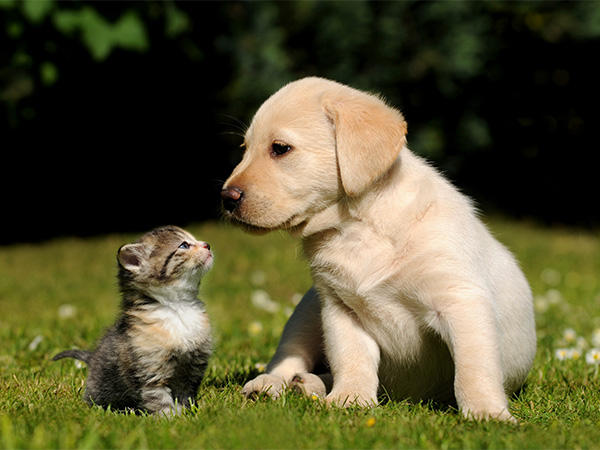
Grade:
Topic:
Unit:


In this lesson mini, students explore the physical traits of common household pets. Focusing on animals such as dogs, cats, hamsters, rabbits, and birds, students examine traits like fur, tails, whiskers, feathers, and paws. The activities in this mini promote vocabulary development and sharpen observational skills as students identify and describe various animal body parts and features.

Minutes
Minutes
Minutes
Minutes
Minutes

Check out Britannica Studio, your teacher-first AI workspace that turns Britannica’s verified, standards-aligned content into engaging, differentiated, and student-ready materials in minutes.
Level-up current events into dynamic learning!